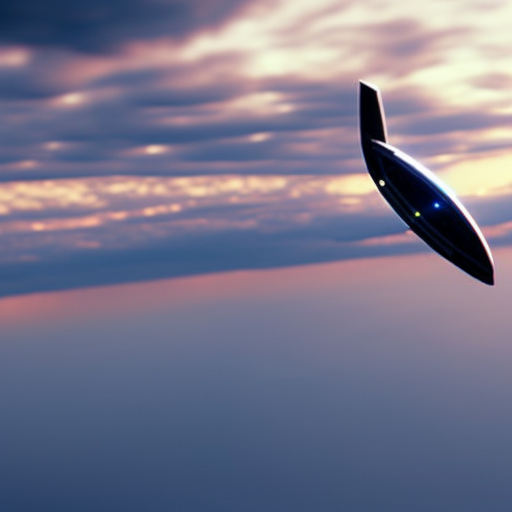Summary:
Spacecraft design is a complex process that involves various disciplines and considerations. It encompasses the design, development, and construction of vehicles that can travel and operate in space. Key factors in spacecraft design include propulsion systems, structural integrity, thermal management, power generation, and communication systems. Additionally, spacecraft must be designed to withstand the harsh conditions of space, including extreme temperatures, radiation, and microgravity. The design process involves extensive testing, simulations, and analysis to ensure the success and safety of the mission.
Propulsion Systems:
One of the most critical aspects of spacecraft design is the propulsion system. Propulsion systems are responsible for providing the necessary thrust to overcome Earth’s gravity and propel the spacecraft into space. There are various types of propulsion systems, including chemical rockets, ion thrusters, and solar sails. Each system has its advantages and limitations, and the choice depends on factors such as mission requirements, payload capacity, and fuel efficiency.
Structural Integrity:
Spacecraft must be designed to withstand the extreme forces experienced during launch and space travel. The structural integrity of the spacecraft is crucial to ensure its survival in the harsh environment of space. Engineers use advanced materials and design techniques to create lightweight yet strong structures that can withstand the vibrations, acceleration, and temperature fluctuations during launch. The structural design also considers factors such as load distribution, stability, and aerodynamics.
Thermal Management:
Spacecraft are exposed to extreme temperature variations in space, ranging from intense heat when facing the Sun to extreme cold in the shadowed regions. Effective thermal management is essential to protect sensitive components and ensure their proper functioning. Engineers use insulation, radiators, heat pipes, and other techniques to regulate the temperature inside the spacecraft and prevent overheating or freezing of critical systems.
Power Generation:
Spacecraft require a reliable and efficient power source to operate their systems and instruments. Solar panels are commonly used to generate electricity by harnessing the Sun’s energy. These panels are designed to maximize energy absorption and conversion efficiency while being lightweight and durable. In some cases, spacecraft may also use nuclear power sources, such as radioisotope thermoelectric generators (RTGs), which convert the heat generated by the decay of radioactive isotopes into electricity.
Communication Systems:
Spacecraft rely on communication systems to transmit data and receive commands from Earth. These systems must be designed to operate over vast distances and in the presence of various obstacles, such as atmospheric interference and signal degradation. Engineers use high-gain antennas, transmitters, receivers, and signal processing techniques to establish reliable and efficient communication links with ground stations.
Space Environment:
Spacecraft must be designed to withstand the harsh conditions of space. They are exposed to high levels of radiation, including solar flares and cosmic rays, which can damage electronic components and affect the health of astronauts. Microgravity also poses unique challenges, such as fluid behavior, combustion, and human physiology. Spacecraft design takes into account these environmental factors to ensure the safety and success of the mission.
In conclusion, spacecraft design is a multidisciplinary field that involves various considerations, including propulsion systems, structural integrity, thermal management, power generation, communication systems, and the space environment. Engineers use advanced materials, technologies, and simulations to create spacecraft that can withstand the rigors of space travel and fulfill their mission objectives.












